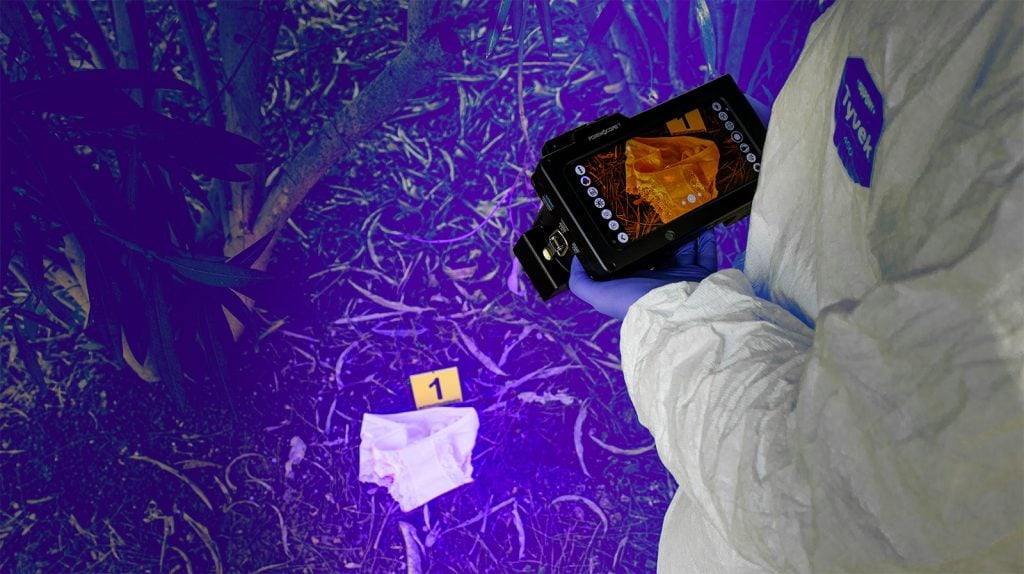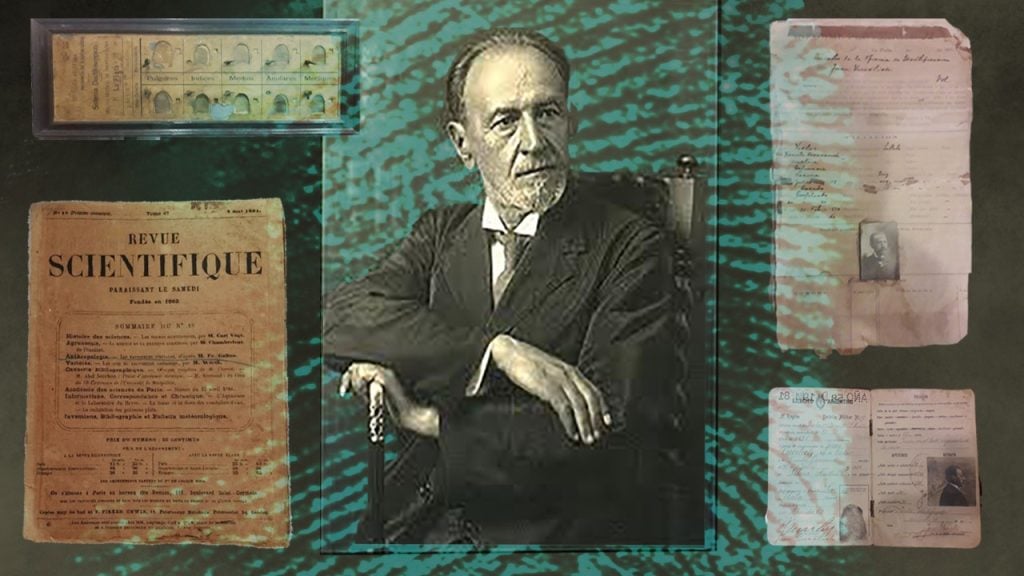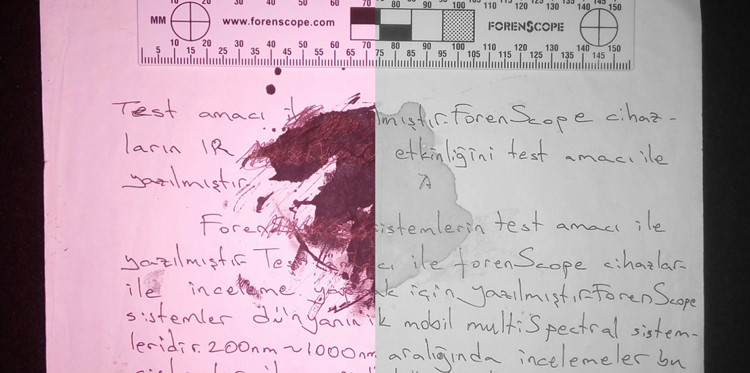
Document Examination
As humans, we are dependent on documents, they are a part of our daily life and as everything that is a part of our life that can become a part of a crime, documents can be too.
Forensic documents are also known as questioned documents bear upmost importance because of the crucial amount of information that can be gathered from them, as many people would think, these can be fake documentations to signature forgery but they can even cover homicides, suicide letters, medical documents that can reveal malpractice evidence.
In which type of cases forensic document examination needed?
| Suicides | Stalking |
| Homicides | Contested Wills, Contracts & Other documents |
| Robberies | Medical Malpractice cases |
| Abductions | Forgeries |
| Ransom Caes | Frauds |
| Extortion | Counterfeiting |
| Black Mailing | Identity Theft |
When examining a forensic document, many questions can come to mind, let’s take a suicide letter as an example: Was it written by the deceased? Is it in a readable situation? If it is not, what can be performed to reveal information regarding the act of suicide?
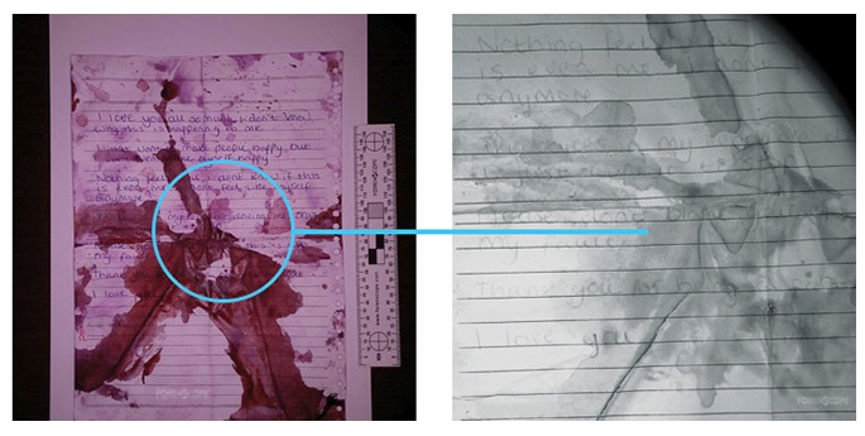
Suicide Letter Contaminated with Blood
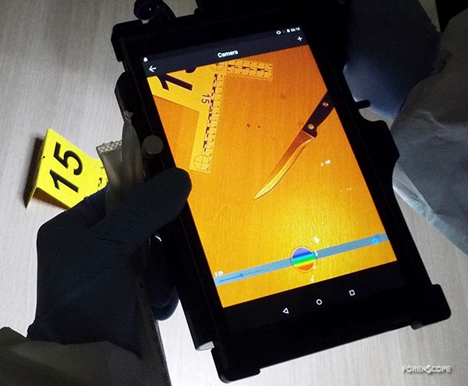 To answer these questions, forensic document examiners use many ingenious techniques, and with the advancement of digital technologies and imaging technologies, forensic document examiners can use very sophisticated devices in investigations. As an example, Multispectral imaging is one of the most crucial methods used in a forensic document examination.
To answer these questions, forensic document examiners use many ingenious techniques, and with the advancement of digital technologies and imaging technologies, forensic document examiners can use very sophisticated devices in investigations. As an example, Multispectral imaging is one of the most crucial methods used in a forensic document examination.
Multispectral imaging with sophisticated devices such as ForenScope Multispectral Tablet can help distinguish different types of inks from each other or it can even reveal information on a document otherwise impossible to read because of damage or contamination with bodily fluids.
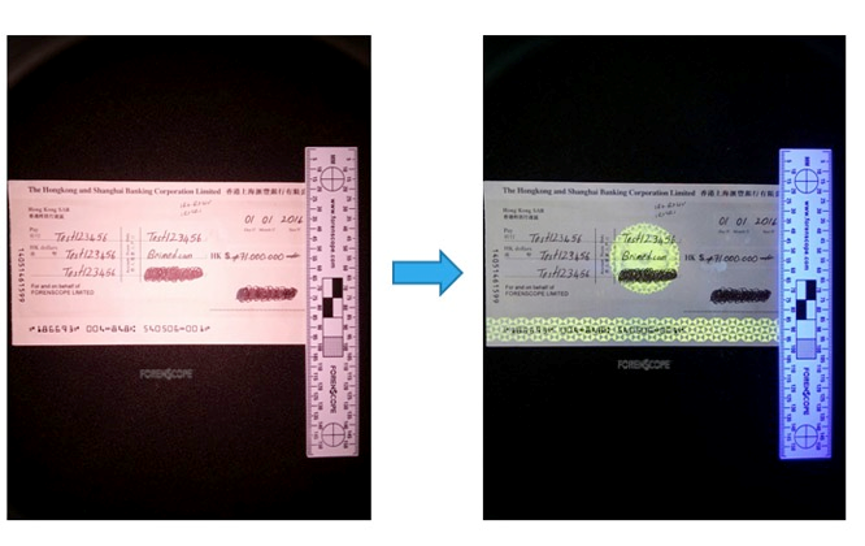
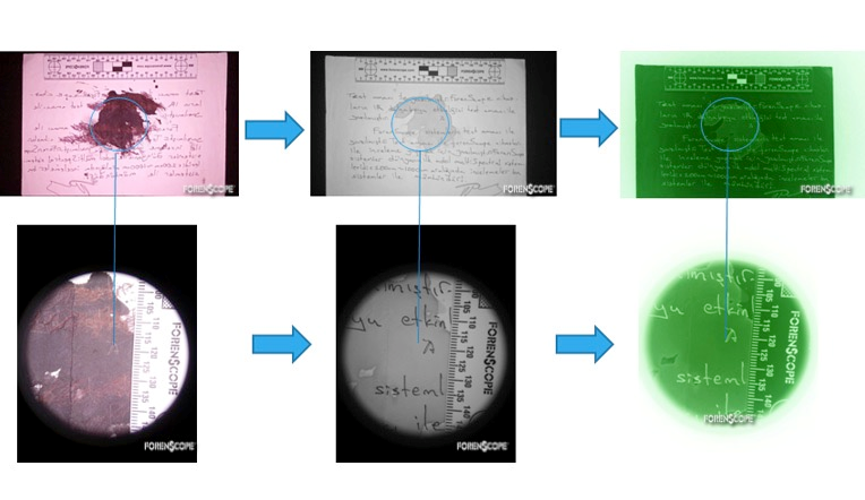
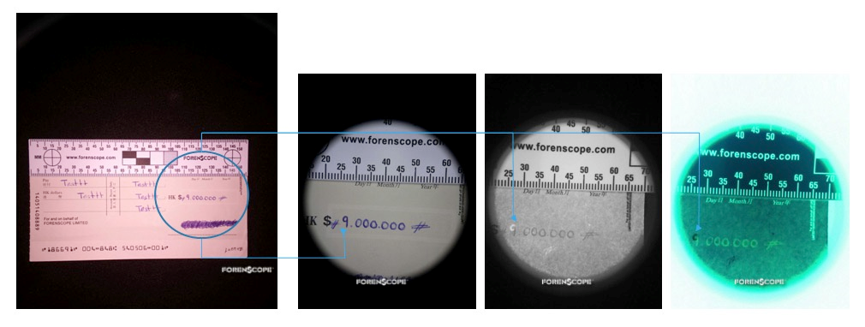
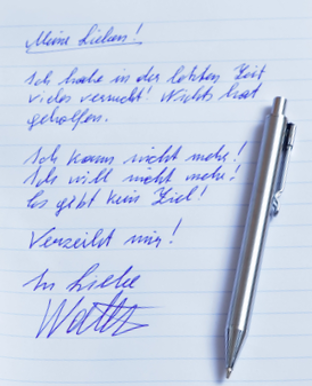 One of the most important things that forensic document examiners focus on is handwriting and signature, the handwriting of a person is almost as identical as their fingerprint, no writer can write the same as another because everybody has a natural variation to their handwriting which is specific for them only.
One of the most important things that forensic document examiners focus on is handwriting and signature, the handwriting of a person is almost as identical as their fingerprint, no writer can write the same as another because everybody has a natural variation to their handwriting which is specific for them only.
Also, every kind of pen has a specific type of ink and these will react differently under multispectral imaging. For example, fraudulent cheques or scribbles over an existent signature or writing, even with printed documents, forensic document examiners can understand if a printed document was altered with a second layer of printing that is made later on for the purpose of forgery.
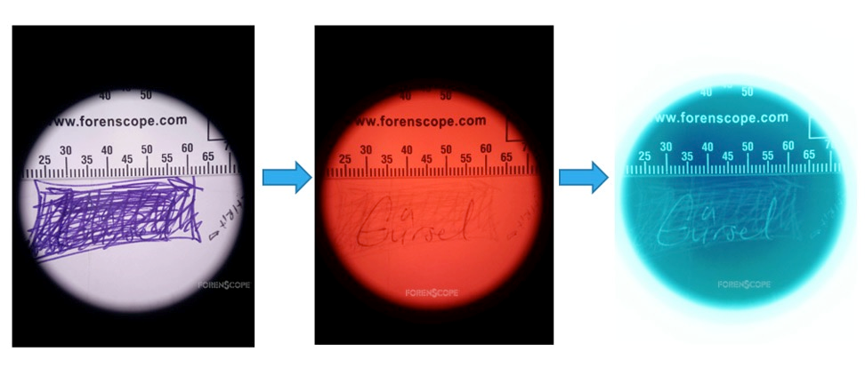
Other than what is on the paper/paper-like material the type and the content of the paper can reveal crucial information, as for example, the papers we use today and papers that were used ten years ago will have different compositions and forensic document examiners can use this information what evaluating a document especially on documents from an older time-frame. With the knowledge of paper compositions, they can investigate pieces of art such as paintings and historical records also.
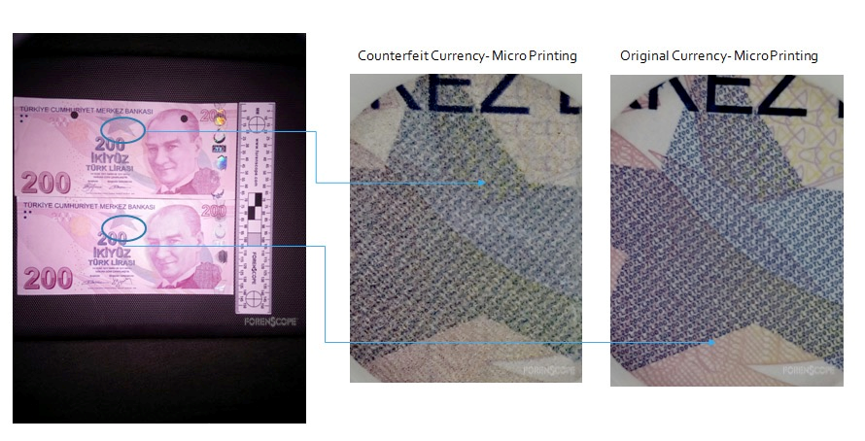
What can be considered a forensic document?
- ID Cards
- Currency and other banknotes
- Contracts
- Formal and informal letters
- Digital documents
- Digital signatures
- Ransom letters
- Wills
- Cheques
- Seals
- Stamps
- Documents generated with printers, photocopiers, fax machines, cash registers and pos devices.
- Even paintings, art and graffiti can be considered forensic documents.
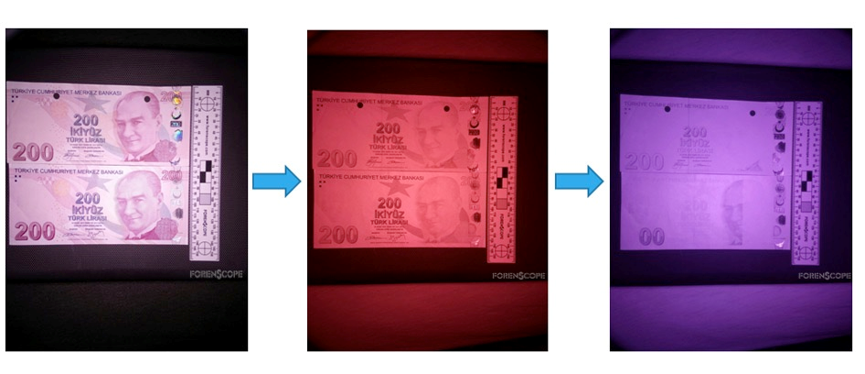
The absence or destruction of forensic documents can be problematic but there are certain methods to uncover the evidence about the forensic document, when the document is shredded or torn down, the collected pieces can be reconstructed both physically and with specialized software after scanning of the pieces. When there is an absence of a document at a crime scene, the impressions of the pen and some type of printer on other documents and papers can be used if they were beneath the forensic document when it was prepared. These indented impressions are not easily visible to the naked eye. Electrostatic Detection Devices (EDD) can be used to reveal these impressions, EDD devices can reveal information on up to seven layers of paper and can be used to reveal information from documents up to 60 years old.
In digital documents, if the data is missing, it can be extracted with digital forensics methods or by scanning the metadata.
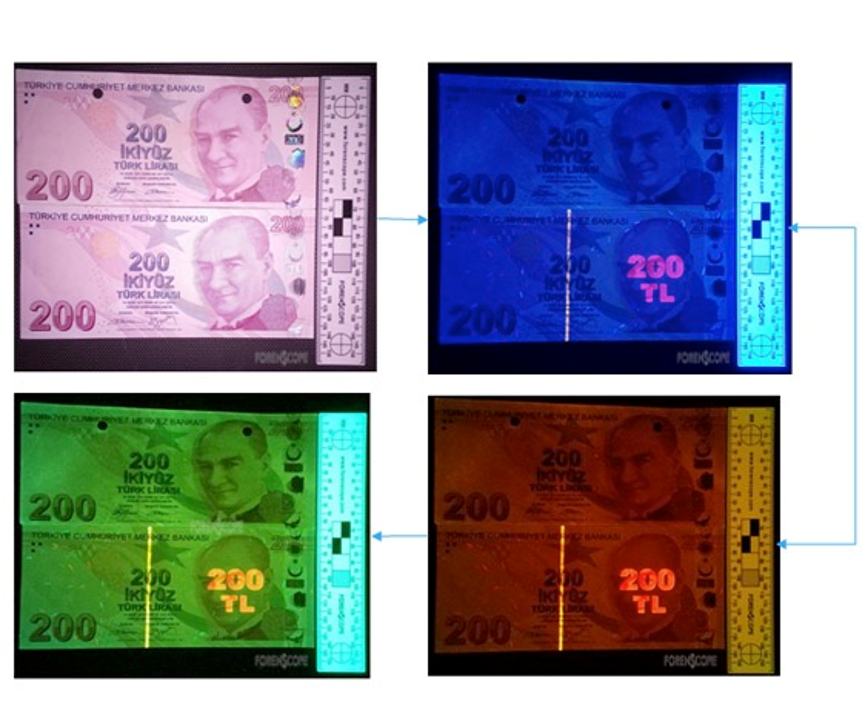
Where can the examination performed and how are the forensic documents are evaluated?
Even though document examinations are done in specialized forensic laboratories which are operated by government agencies or private companies/investigators, the initial examination can now be performed right at the crime scene by the crime scene investigators with ease by using sophisticated devices such as ForenScope Multispectral Tablet, 4K Mobile Tablet and Contactless fingerprint devices. These devices can be used professionally in crime scenes and forensic laboratories.
When evaluating examined documents forensic document examiners must have known specimens or databases on known specimens for comparison purposes. In handwriting evaluation, the examiner uses samples from received writing specimens and collected writing specimens, received specimens are either collected through databases or by writings directly written by the writer under controlled conditions with the dictation of the examiner to be used as “Known sources” and collected specimens are the ones collected from the crime scene to be used as evidence in the investigation.


